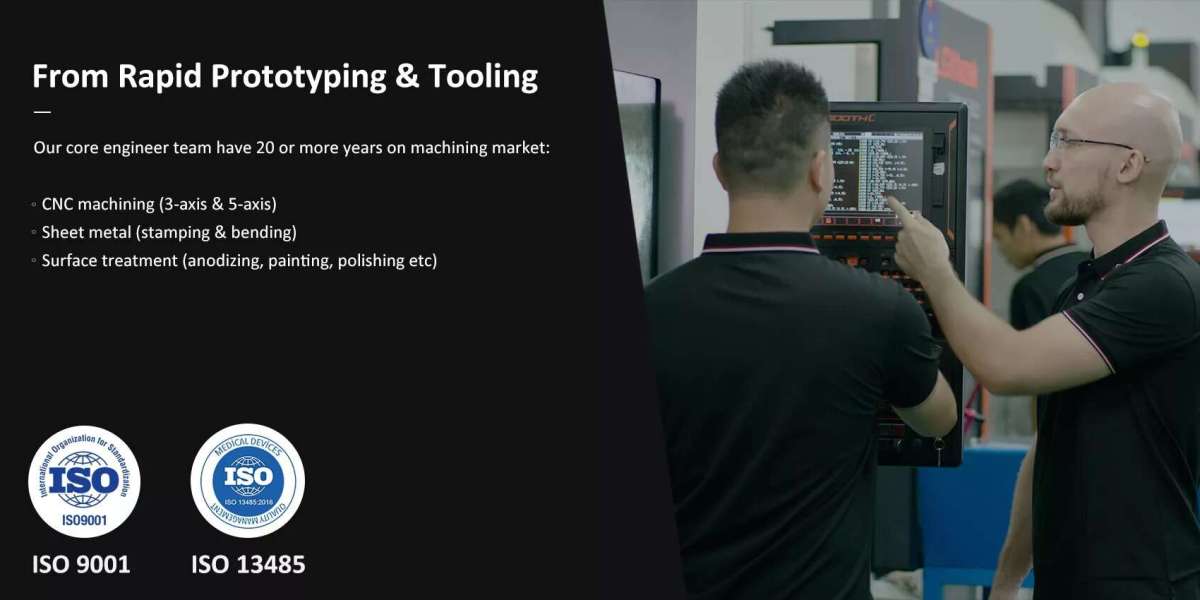Aluminum Alloy CNC Machining Guide: Comprehensive Analysis | Jucheng Precision are a cornerstone in the world of manufacturing, renowned for their lightweight, strength, and versatility. At Jucheng Precision, we understand the critical role that aluminum alloy CNC machining plays in various industries, from aerospace to automotive and beyond. This comprehensive guide delves into the nuances of aluminum alloy CNC machining, providing insights into material properties, machining techniques, and best practices to achieve optimal results.
Understanding Aluminum Alloys
Aluminum alloys are classified based on their primary alloying elements, which enhance specific properties:
- Series 2xxx: Copper is the primary alloying element, providing high strength but lower corrosion resistance.
- Series 5xxx: Magnesium is the primary alloying element, offering excellent corrosion resistance and good weldability.
- Series 6xxx: Silicon and magnesium are the primary alloying elements, balancing strength, corrosion resistance, and machinability.
- Series 7xxx: Zinc is the primary alloying element, providing the highest strength but requiring careful handling to prevent stress corrosion cracking.
Key Properties of Aluminum Alloys
- Lightweight: Aluminum alloys have a high strength-to-weight ratio, making them ideal for applications where weight reduction is critical.
- Corrosion Resistance: Certain aluminum alloys offer excellent resistance to corrosion, which is essential for components exposed to harsh environments.
- Machinability: Aluminum alloys are generally easier to machine compared to other metals, reducing tool wear and increasing productivity.
- Thermal Conductivity: Aluminum alloys possess good thermal conductivity, beneficial for heat dissipation in electronic and mechanical applications.
CNC Machining Techniques for Aluminum Alloys
Tool Selection
- Carbide Tools: Carbide tools are preferred for aluminum machining due to their hardness and resistance to wear.
- High-Speed Steel (HSS) Tools: HSS tools can be used for lower-speed operations, offering cost-effectiveness and versatility.
- Diamond-Coated Tools: For high-precision applications, diamond-coated tools provide excellent wear resistance and superior surface finishes.
Machining Parameters
- Cutting Speed: High cutting speeds are suitable for aluminum alloys, facilitating efficient material removal and reducing machining time.
- Feed Rate: Optimal feed rates ensure effective chip evacuation and prevent tool wear.
- Depth of Cut: Balancing the depth of cut to avoid excessive forces and tool deflection is crucial for maintaining dimensional accuracy.
Cooling and Lubrication
- Coolants: Applying coolants during machining helps dissipate heat, reducing thermal expansion and enhancing tool life.
- Lubricants: Lubricants reduce friction between the tool and workpiece, improving surface finish and reducing the risk of built-up edge formation.
Chip Control
- Chip Breakers: Using tools with chip breakers helps manage chip formation, preventing entanglement and ensuring smooth machining.
- Air Blasts: Compressed air can be used to blow away chips, keeping the cutting area clear and improving visibility.
Best Practices for Aluminum Alloy CNC Machining
- Optimize Tool Paths: Efficient tool path planning minimizes unnecessary movements, reducing machining time and improving surface quality.
- Regular Tool Maintenance: Keeping tools sharp and well-maintained prevents poor surface finishes and dimensional inaccuracies.
- Minimize Vibration: Securely clamping the workpiece and using vibration-damping techniques ensures stable machining and high-quality results.
- Quality Control: Implementing rigorous quality control measures, such as in-process inspections and final part validation, ensures adherence to specifications and standards.
Applications of Aluminum Alloy CNC Machining
- Aerospace: Components such as structural parts, brackets, and housings leverage aluminum's lightweight and strength properties.
- Automotive: Engine parts, transmission components, and chassis elements benefit from aluminum's machinability and performance.
- Electronics: Heat sinks, enclosures, and connectors use aluminum for its thermal conductivity and corrosion resistance.
- Medical Devices: Aluminum's biocompatibility and ease of sterilization make it suitable for surgical instruments and equipment housings.
Conclusion
Aluminum alloy CNC machining is integral to modern manufacturing, offering unparalleled versatility and performance. At Jucheng Precision, we combine advanced machining techniques with deep material knowledge to deliver high-quality aluminum components that meet the stringent demands of various industries. By adhering to best practices and leveraging cutting-edge technology, we ensure precision, efficiency, and excellence in every project.







